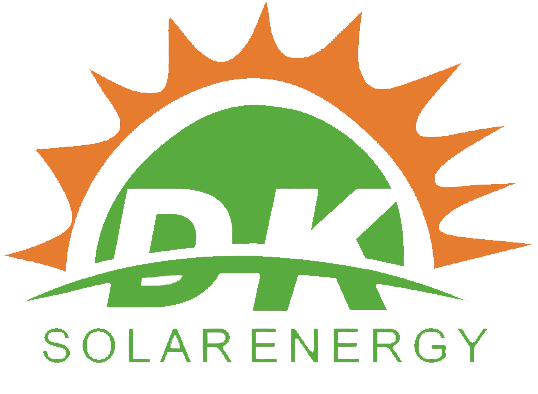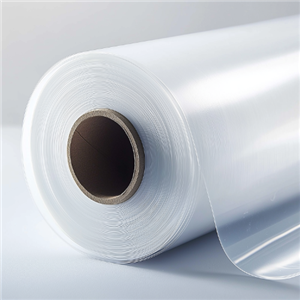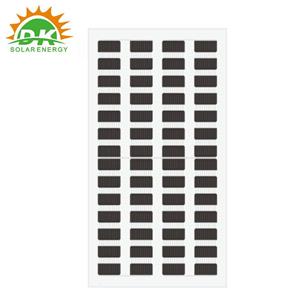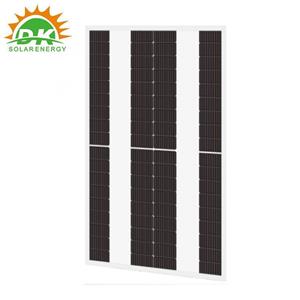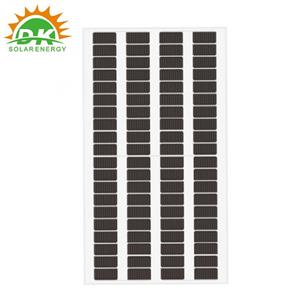High-efficiency transformation of PV Modules: Precise selection of solar ribbons becomes critical, full-spec supply drives performance release
1. Battery Technology as the Core: Full-Range Ribbon Supply Covers Mainstream Needs
P-type PERC modules: Traditional high-temperature ribbons (soldering temperature: 250-280℃, resistivity ≤ 0.020Ω・mm²/m) remain mainstream, and the "thinning" upgrade has been implemented. The industry can supply products with a diameter of 0.45-0.8mm, which can reduce the module shading rate from 2.8% to 1.2% and increase efficiency by 0.8 percentage points.
N-type modules (TOPCon/HJT): A mature supply system for low-temperature ribbons (soldering temperature: 180-210℃) has been formed, and silver-coated copper plated specifications (silver layer thickness: 1-2μm) are also available, with resistivity ≤ 0.018Ω・mm²/m, fully meeting the passivation layer protection needs of N-type batteries. Industry experts emphasize that if high-temperature ribbons are incorrectly used for N-type modules, efficiency will irreversibly drop by 1.2%-1.8%, and compliant low-temperature ribbons can completely avoid this risk.
Cutting-edge technology batteries (BC/tandem): Ribbon specification reserves have kept pace. Ultra-fine round ribbons with a diameter of 0.24-0.3mm can be supplied to meet the solder joint precision requirement of ±0.05mm for BC modules; at the same time, ultra-low-temperature ribbons (soldering temperature ≤ 150℃) and transparent conductive plated products are provided, with light transmittance ≥ 85%, adapting to the conversion efficiency target of over 30% for tandem batteries.
2. Power Target Drives Upgrade: Full-Power-Range Ribbons Adapt to Differentiated Needs
500-600W medium-power modules: Flat ribbons (width: 0.6-0.8mm, thickness: 0.18-0.2mm) have become the preferred option. The contact area of this type of ribbon with battery fine grids is 30% larger than that of round ribbons, reducing contact resistance by 25% and also reducing efficiency loss of 0.5%-0.7% caused by the hot spot effect. Currently, it has received positive application feedback in the medium-power module field.
700W+ high-power modules: In response to the "ultra-fine + multi-grid" technical demand, the industry can supply ultra-fine ribbons with a diameter of 0.3-0.35mm. Combined with 12-grid/16-grid battery design, it can shorten the current transmission path by 40% and reduce Joule loss by 18%. Industry data shows that high-power modules have high current density; if the ribbon diameter exceeds 0.4mm, efficiency attenuation will accelerate, with an additional loss of 0.8%-1% within 2 years. Compliant ultra-fine ribbons can perfectly meet this technical requirement, and it is expected that the application proportion of this specification in high-power modules will exceed 80% by 2025.
3. Scenario Needs as Supplement: Weather-Resistant Ribbons Adapt to Special Environments
Offshore PV scenarios: Large-scale supply of salt-spray-resistant ribbons has been realized. This type of product can pass the salt spray test (5% NaCl solution) for more than 96 hours, adopting tin-zinc alloy plating (zinc content: 5%-8%), which extends the service life from 3 years to more than 15 years compared with ordinary ribbons. Although the procurement cost is slightly 15% higher, it can reduce subsequent maintenance costs by 30% and has been recognized by multiple offshore projects.
Distributed PV scenarios (rooftop/carport): Copper alloy-based ribbons meet the flexible installation needs. This type of ribbon has a tensile strength of ≥ 300MPa and an elongation at break of ≥ 18%, with bending resistance exceeding 1,000 times, which can avoid efficiency loss of 0.3%-0.5% caused by solder joint cracking when flexible modules are bent, fully adapting to the usage requirements of distributed scenarios.
